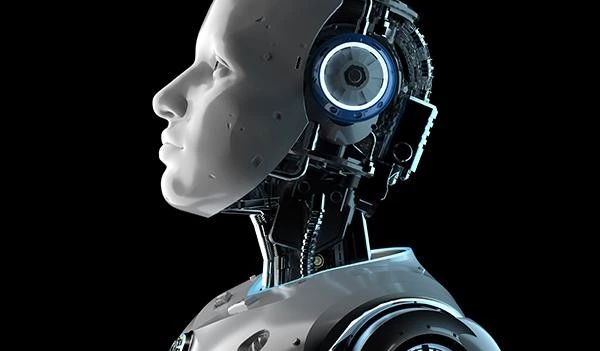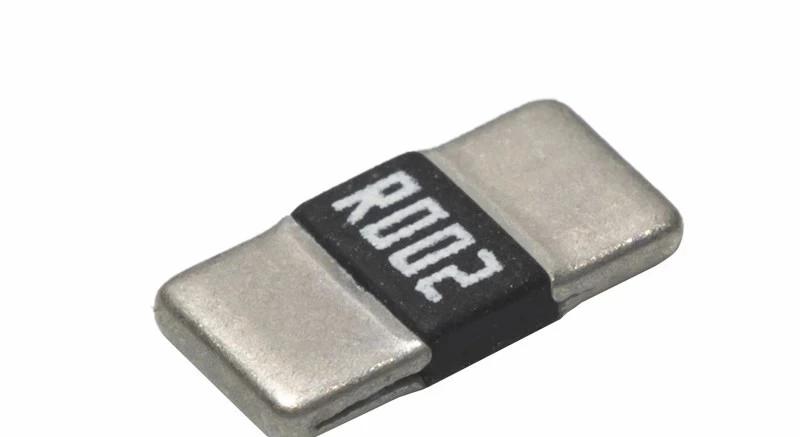Current Protection: How To Ensure The Stable Operation Of The Robot By Overcurrent Protection And Overvoltage Protection

In the rapid development of robotics, the stability of electrical systems is one of the key factors ensuring efficient robot operation. Current protection, overcurrent protection, and overvoltage protection are among the most fundamental yet critical technologies. Through well-designed current protection, robots can handle electrical fluctuations in complex environments, maintaining stable operation. Today, we will focus on current protection —— overcurrent protection and overvoltage protection, and how they work together to ensure the safety and stability of robotic systems.
Current protection: ensure the safe and stable operation of robot circuit
Current protection refers to controlling and limiting the magnitude of current to ensure that all electrical components in a robotic system are not affected by overcurrent. Key components in a robotic system, such as microprocessors, sensors, batteries, and motors, require very precise current control. Excessive current can lead to circuit damage, component burnout, or system failure. Therefore, current protection is one of the fundamentals of robotic circuit design.
The application of current protection technology mainly includes regulating the current through components such as resistors, diodes, capacitors, and inductors to prevent the current from exceeding the safe range. Current protection ensures that during the operation of the robot, the current will not exceed the predetermined threshold due to excessive load or other factors, thus ensuring the stability of the robot system.
1. Overcurrent protection
Overcurrent protection refers to the protective mechanism that prevents current from exceeding the maximum load capacity of a circuit or component. Excessive current can cause components in the circuit (such as resistors, wires, microprocessors, etc.) to overheat and fail, potentially leading to fires or electrical failures. Overcurrent protection can be achieved through the following methods:
(1) Fuse: When the current exceeds the safety threshold, the fuse will melt and cut off the circuit to prevent further damage.
(2) Circuit breaker: Similar to a fuse, the circuit breaker automatically disconnects the circuit and cuts off the power supply when it detects an overload, thus preventing circuit damage.
(3) Electronic switch: through electronic components (such as MOSFET, etc.), the circuit is quickly disconnected when the current is too large.
Overcurrent protection is widely used in power supply, battery and motor systems to ensure that the power supply can be quickly cut off when abnormal current occurs, thus avoiding damage to other sensitive components.
(4) Common applications:
① Battery protection: prevent battery overcurrent during charging or discharging, resulting in battery overheating, expansion or even explosion.
② Motor protection: prevent motor from overload damage due to excessive current.
2. Overvoltage protection
Overvoltage protection refers to preventing the voltage in the circuit from exceeding the maximum operating voltage of the device or component, thus avoiding damage to the circuit. Excessive voltage can cause electronic components such as microprocessors, batteries, and sensors to be damaged, and may even lead to short circuits or burnouts. Overvoltage protection can be achieved in the following ways:
(1) Voltage regulator: The voltage regulator (such as voltage regulator, buck-boost converter) can adjust the input voltage to ensure that the output voltage is kept within a safe range.
(2) Voltage limiter: These components can effectively limit the voltage and keep it within an acceptable range when the voltage exceeds the safety threshold.
(3) Transient suppression diode (TVS diode): used to absorb instantaneous high voltage and protect the circuit from impulse voltage shock.
Overvoltage protection is often used in high-voltage equipment and battery systems to ensure that the equipment is not damaged during voltage fluctuations or external interference.
(4) Common applications:
① Battery charging protection: prevent the charger from providing too high voltage, which can damage the battery.
② Robot control system: protects microprocessors and sensors from voltage fluctuations or transient overvoltage damage.
Resistors: the key role of current protection
1. Basic function of resistance
The core function of a resistor is to limit the flow of current. In any circuit, the magnitude of the current is directly related to the resistance value. According to Ohm's Law (V = I × R), when the voltage and resistance are known, the current (I) can be calculated. By properly selecting the resistance, the size of the current can be effectively controlled, preventing excessive current in the circuit and avoiding damage to components due to overcurrent.
For example, in a robot system, if the current is too high, it may cause overheating, damage, or even burn out of key components such as batteries, microprocessors, sensors, or motors. The role of resistance is to limit excessive current flow and ensure that each component operates within a safe current range.

2. Resistance and overcurrent protection
Current overload is the main cause of many circuit failures, especially in the case of current surge or short circuit, the current flowing through the circuit may far exceed its design value, which can cause serious damage to the circuit. Resistance plays a key role in preventing overcurrent by limiting the current flow.
(1) Flow limiting function: The resistance controls the current through its resistance value. Especially at the power input end, the resistance can provide the function of limiting the current when the circuit starts up, so as to avoid the damage of components caused by sudden increase of current.
(2) In conjunction with a fuse: In some circuits, a resistor is used in conjunction with a fuse or circuit breaker. The fuse can melt when the current is too high, and the resistor helps reduce the current by diverting it, thus avoiding direct damage to the circuit.
(3) Application examples: For example, in the robot battery circuit, the resistance is used to adjust the charging current, so as to prevent excessive current from causing damage to the battery. The cooperation between the resistance and the battery effectively protects the battery and extends its service life.
3. Resistance and overvoltage protection
Overvoltage refers to the voltage exceeding the maximum carrying capacity of circuit components, which may cause overheating, damage or direct burning of components in the circuit. Resistors help filter high voltage in the circuit through the principle of voltage division to avoid overvoltage problems.
(1) Voltage division effect: The resistor can cooperate with other components (such as capacitor and inductor) in the circuit to play the role of voltage division, so that the excessive voltage is distributed to the appropriate circuit, so as to ensure that the voltage will not be too high and protect sensitive components.
(2) Voltage regulation: The resistor is often used together with the power module in the current protection circuit to maintain the voltage stability and limit the voltage fluctuation, so as to avoid circuit damage caused by high voltage.
(3) Application example: In a robot control system, resistance may be used to adjust the voltage at the input end of the microprocessor to prevent external voltage fluctuations from affecting system stability, especially in systems powered by batteries or DC power.
sum up
Current protection is a key technology that cannot be ignored in the design of robot systems. By reasonably designing and applying these protection mechanisms, core components such as resistors, diodes, capacitors, and inductors can effectively prevent problems such as current overload and voltage fluctuation, ensuring that the robot system can work stably and efficiently.
With the continuous development of robot technology, the requirements for current protection system are also constantly improving. Understanding and reasonable use of current protection, overcurrent protection and overvoltage protection will help robot developers to design more safe and reliable robot system, to provide a guarantee for the long-term stable operation of robots.